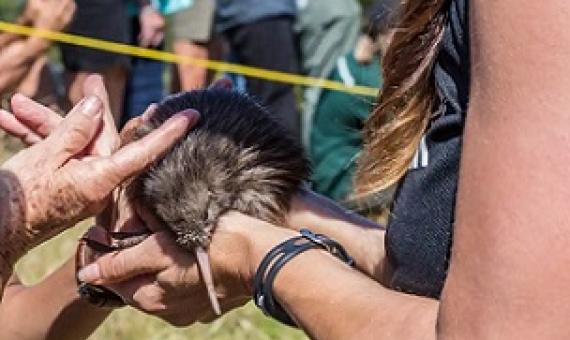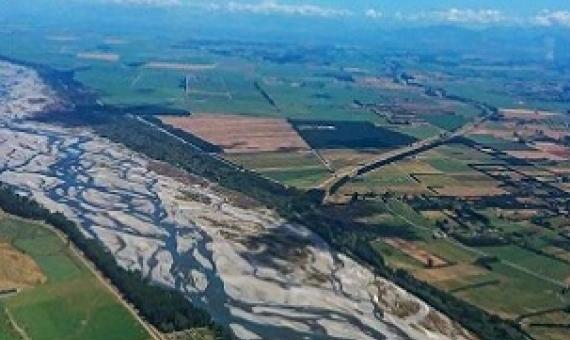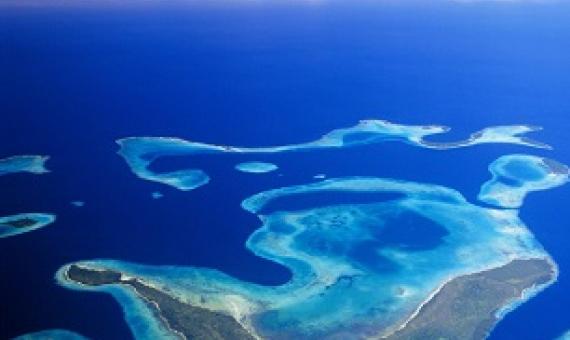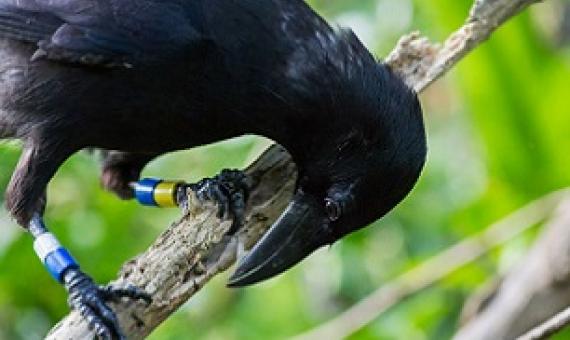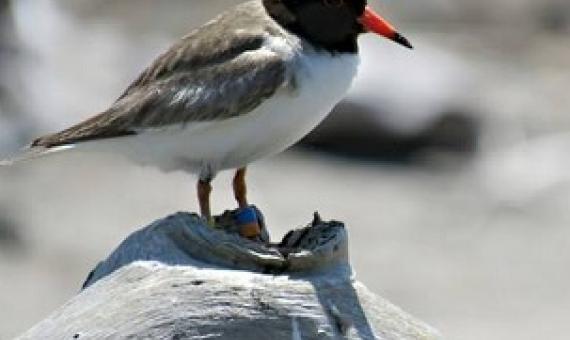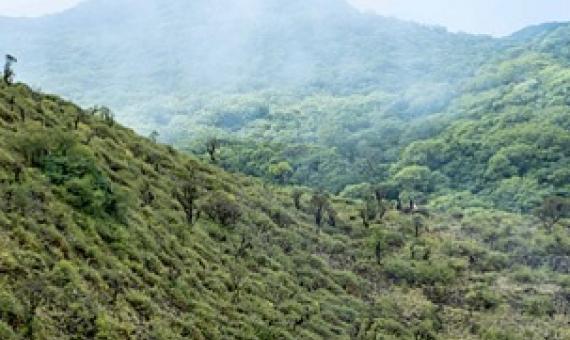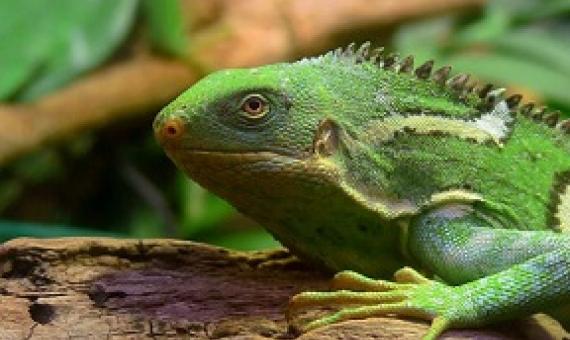A herpetofauna with dramatic endemism signals an overlooked biodiversity hotspot
The Milne Bay Region of southeasternmost Papua New Guinea comprises a small portion of mainland New Guinea and several offshore islands, totaling 15,000 km2 in land area. I numerically summarize the literature and fndings from my feld surveys of the region’s herpetofauna and show that it contains the greatest known assemblage of range-restricted endemic herpetofauna globally for such a small area. Further, most of these species occupy only one or two of 11 small areas of local endemism within the region.

